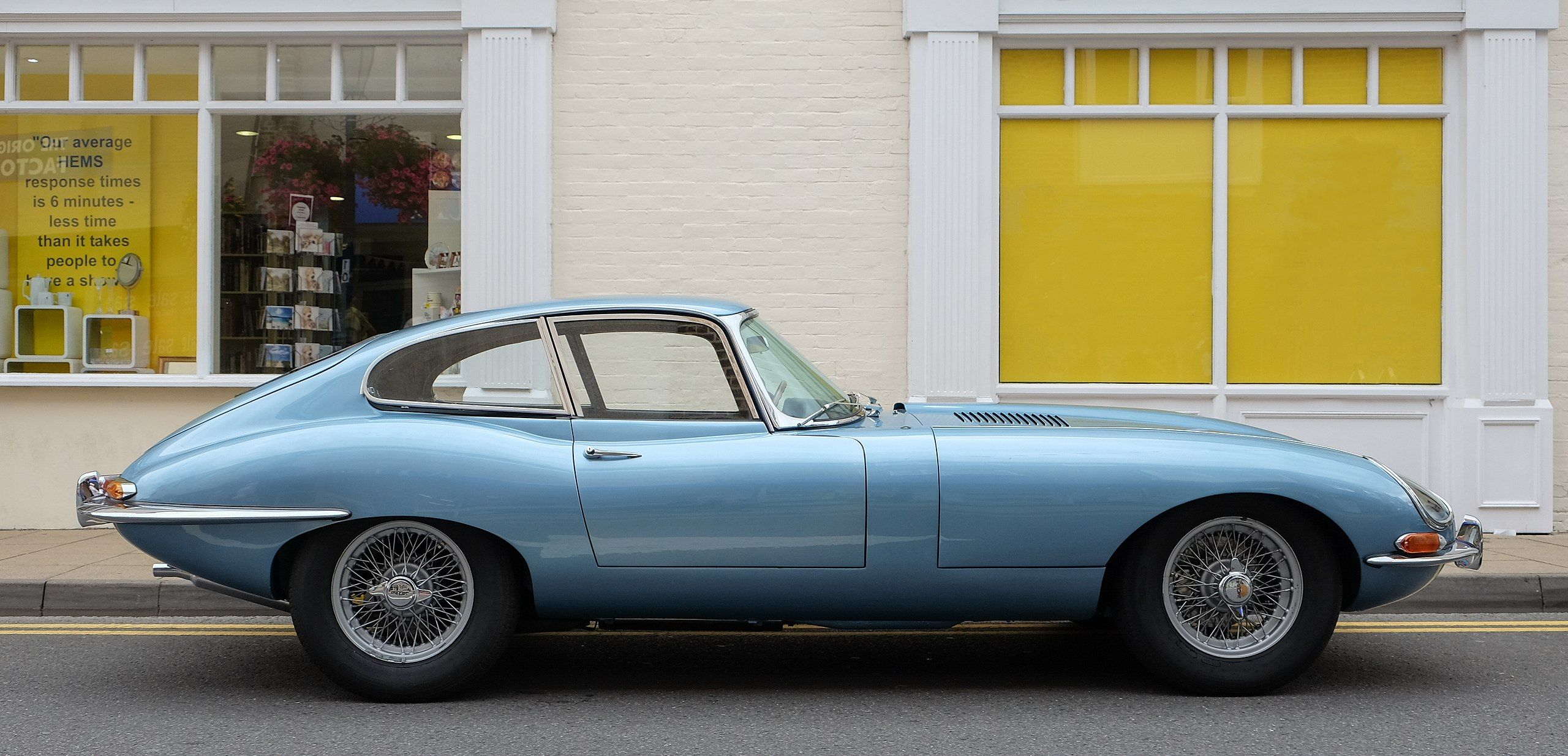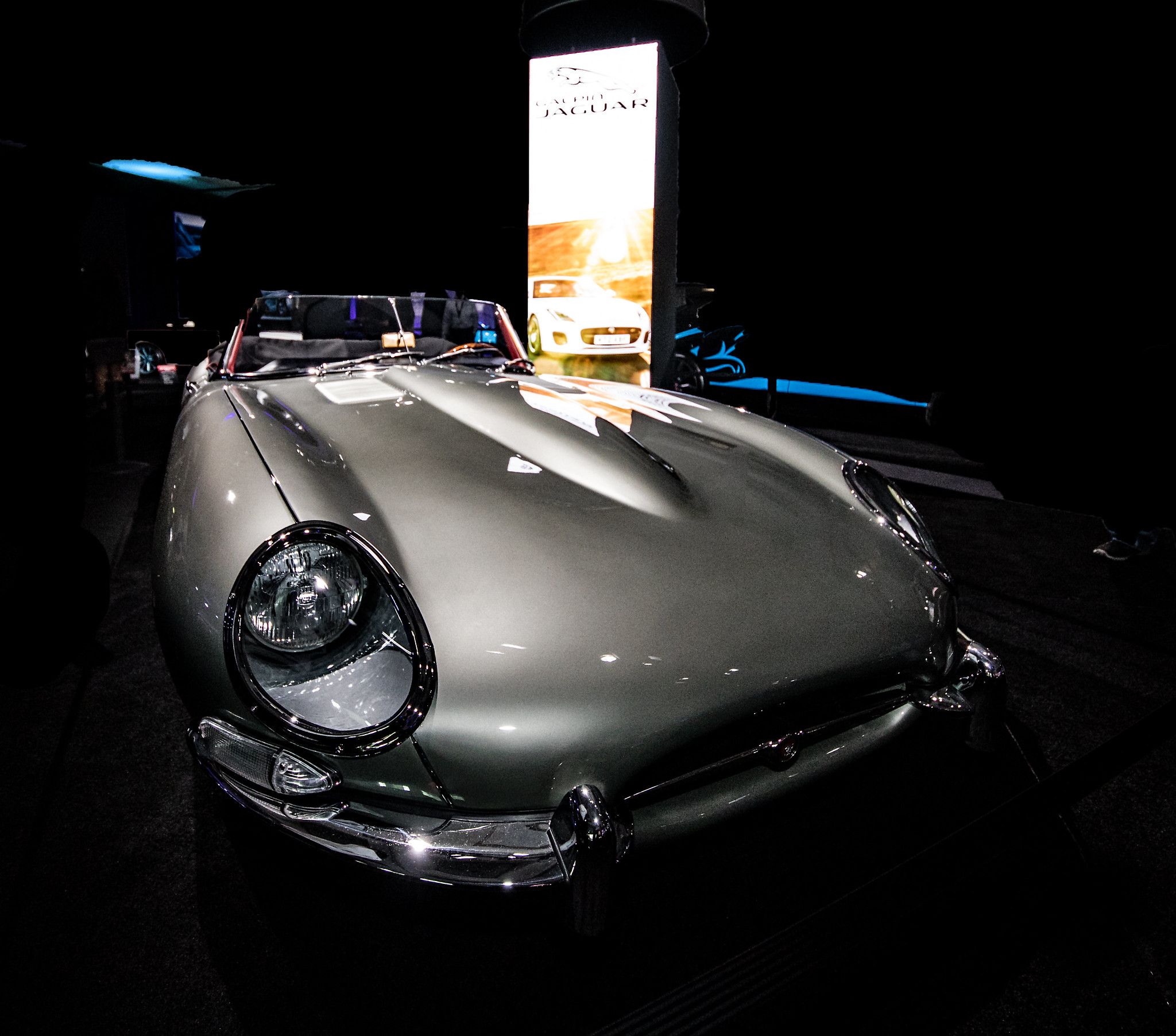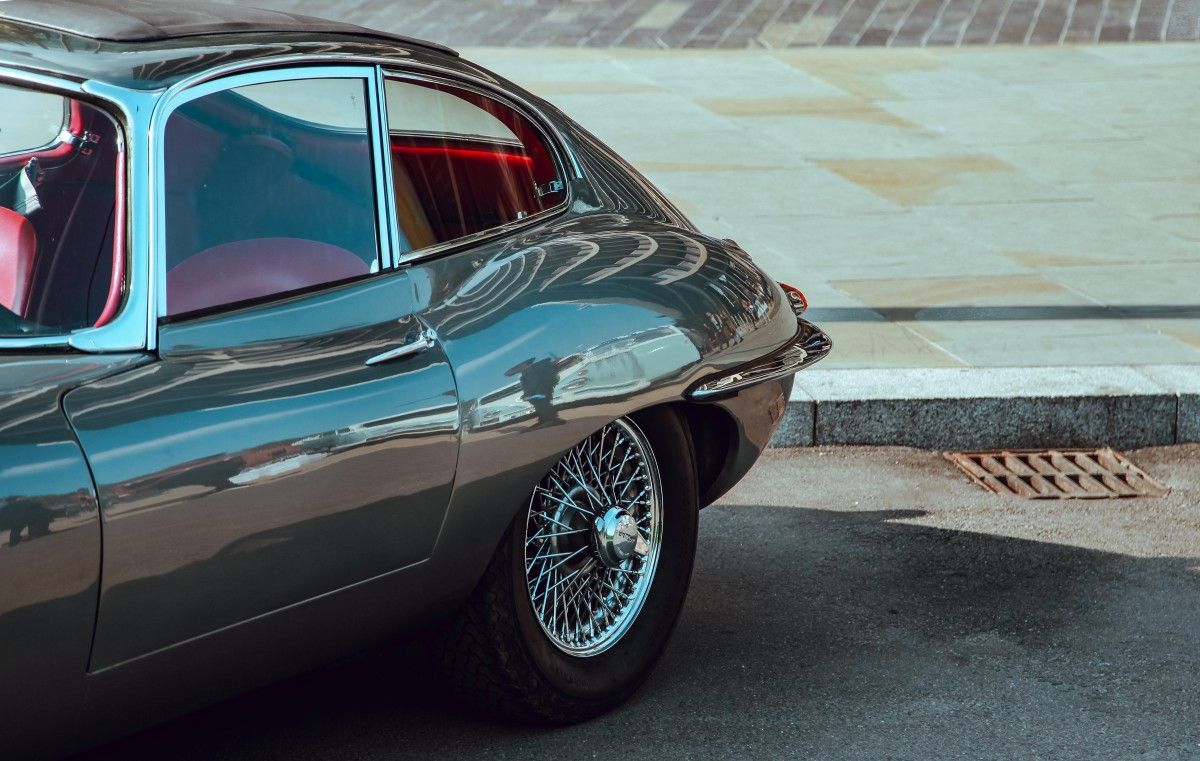When you walk into an art museum, what is it that catches your eye? Perhaps it’s a famous painting, maybe it’s that historical sculpture that you’ve always wanted to see, or possibly that really unusual modern piece that everyone’s talking about, which somehow has you gravitating towards it.
Art is a magical thing; it can evoke all sorts of emotions. It can elevate awareness and it has the power to influence the way we think about culture, about people and about what's happening around us. It has the ability to educate us, broaden our horizons and it can help to break down social barriers. It can also help to unite us, because there are no barriers to it, everyone can appreciate it, and we can all relate to it.
Many artists are keen to convey a message to their audiences through their art, which may be something that they are passionate about or something they feel obliged to share. When you see a powerful work of art it can lift your spirit, it can make you feel joyous, it can challenge your thinking, and it can fill you with admiration for its creator. It could be in the form of; a painting, a sketch, a sculpture, a photograph, a movie, a piece of theatre, a song, a piece of hand-craft, or maybe even……. a car.
When you consider a car as a piece of art, there is one car that immediately springs to mind - the absolutely stunningly beautiful E-Type Jaguar. For this is a car that definitely stirs our emotions, one that brings us joy when we see it, and one that we can all collectively marvel over. This amazing ride not only shapes our desires, but it inspires us, like it has done for many car designers in the past, since its unveilling in the early '60s. The E-Type Jaguar is simply exquisite.
It’s like the Mona Lisa painting, absolutely captivating to look at, a true masterpiece, except of course it’s not hanging in the Louvre.
A Piece Of Art
So, therefore there is an argument that the E-Type is a piece of Art. It’s a visual object that has been carefully crafted by what we can quite easily describe as ‘an Artist’. The artist in this case is a man named Malcolm Sayer, the ‘Stylist’ designer at Jaguar, who was commissioned by William Heynes, Jaguar’s Technical Director and Chief Engineer, to design the body-shape for this superb car.
Before joining Jaguar, Malcolm was an aeronautics engineer. He was able to leverage his aircraft design experience and his background in mathematics and aerodynamics to grace us with the iconic E-Type Jaguar body design. An artistic blueprint that could well be likened to a wingless Spitfire aircraft. One that has adorned every young boy's bedroom wall, ever since the first posters of it were printed. Malcolm drew the famous curves for what is possibly the ‘most beautiful car ever made’ (apparently in the words of Enzo Ferrari), which must permit him artist status.
But our appreciation also has to go to William Heynes, who was in charge at the time. He oversaw the car's design. Like an old art teacher, he guided Sayer and other designers to produce the first iteration of the wonderful E-Type art-form, a prototype that they called E1A. After Jaguar’s triumphs at the Le Mans 24 hr races with the D-Type, the company took the decision to build a road-legal sports car, to replace the XK150 model. The new car was to be based largely on the D-Type’s construction and its XK engine. The ‘E’ stood for ‘Experimental’ at the time, but Jag also saw it as the natural succession to ‘D’, so the name stuck.
When they completed the artwork (technical drawings) and sculpted a second iteration (prototype car), the E2A, in 1960, the new car had an aluminum body and a steel chassis. That’s when they started to realise that they were really onto something. You have to bear in mind, in those days, back in the '50s, these guys were hand drawing everything. There were no CAD packages or fancy computer design tools, they were using good old pencil and paper, true artists, who, like Leonardo Da Vinci, probably had no idea how brilliant they actually were.
More History On The E-Type
On 20 March 1958, the very first E-Type was tested at the carmaker’s test center in Nuneaton, UK. It measured a whopping 14 ft 2’ long (five inches longer than the D-type) and it had a central monocoque shell with a huge forward-opening bonnet. It was initially loaded with a 2.4 liter, dual-carburettor, XK engine, and the car looked great, but rattled around a lot on testing. A year later, a revised model, essentially with a pop-riveted body shell, was vigorously put through its paces, and, well, the rest is history.
The first production models were given a 3.8-liter, tri-carburettor, XK engine, which produced 261 hp, giving this truly amazing car a top speed of just under 150 mph. When this wonderful piece of sculpture was first unveiled in 1961, at a cost of around $5,000, it was an instant hit, and demand sky-rocketed. Today, there are probably less than 4,000 of these sensational cars still on our roads. Cars that can now easily fetch well into six figures, even in poor condition.
E-type Jaguars are not just simply classic vehicles, they are historic works of art. And unfortunately, too many are hidden away in private garages and temperature-controlled lock ups, where they live a lonely, solitary lifestyle. These increasingly rare art-forms deserve to be properly preserved, to be pampered by curators in an art museum, and made available to the public, so they can be fully appreciated. Safeguarding these unique pieces of art will ensure that our future generations can also enjoy them, for many, many years to come.
But, we do have to be real. Paintings and sculptures are inanimate objects, which without question, are destined to collect dust in a room full of admirers. Whereas the E-type is something much more than that. It’s something to climb inside of, fire up and drive. And enjoy.
So, to all those lucky E-Type owners, the ones that have a rare piece of art stuck in their garage, we ask of them two things. Please look after it, because you are the art museum curators, and have the responsibility of looking after these rare pieces lies on your shoulders. And secondly, can you please share them, because through sharing them you have the power to bring joy and to unite people, so that the amazing work of Malcom Sayer and William Heynes can live on, and continue to inspire future generations of car designers (artists).



